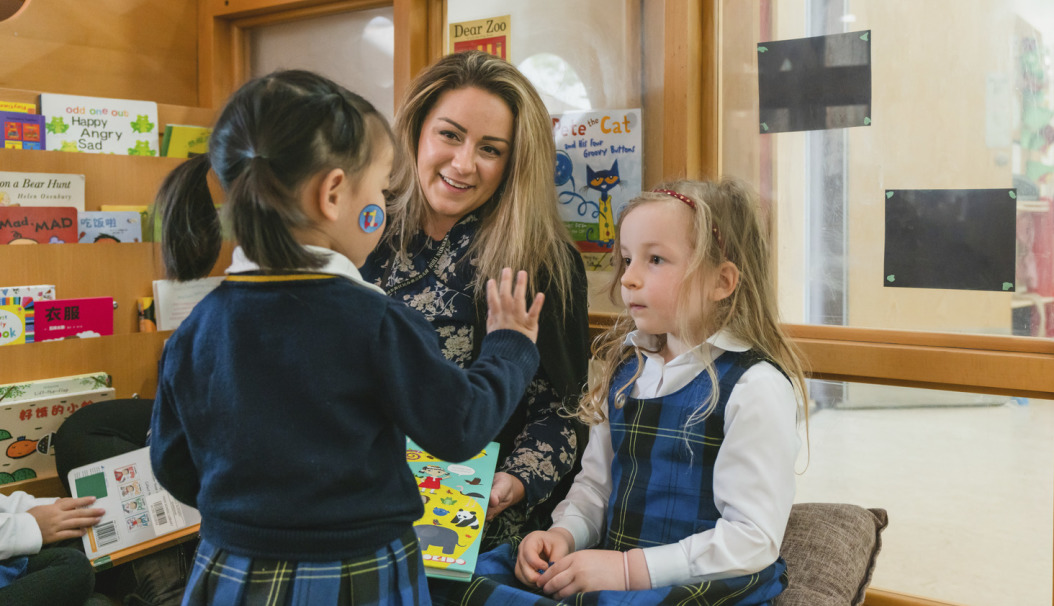
Both tell us a lot about an individual child’s wellbeing and involvement.

A time-tested metric
To measure our pupils’ wellbeing and involvement, we use the Leuven Scale developed by the pioneering Early Years education specialist Ferre Laevers.
What is 'wellbeing'?

Contrary to popular belief, ‘wellbeing’ does not just mean being happy. It also encompasses confidence, spontaneity and resilience.
What is 'involvement'?

Likewise, high involvement does only just mean intense focus.
Rather, children with highlevels of involvement, children are self-motivated to explore their surroundings and venture outside their comfort zones.
Wellbeing and involvement are therefore highly useful indicators of a child’s overall mental health and their capacity for deeper learning.
They manifest themselves in different ways depending on the age of the child too.
For a child in EY1 or EY2, a bright smile and an eagerness to explore the classroom might be key indicators.
For a pupil in EY3 or EY4, wellbeing and involvement may shine through in the serious facial expression that accompanies solving a challenging problem.
High levels of wellbeing and involvement are what enable our pupils to progress through their learning.
And it is a positive feedback loop.
The more the children learn, the more confident and resilient they become. They become self-motivated in their learning, feeling empowered to explore and discover the answers to their questions on their own.
All the while, as they progress, they enjoy the emotional reward of a growing sense of achievement.

Small steps lead to big results
An important part of wellbeing and involvement is mindfulness. We recognise that all young children eventually navigate some bewildering territory when confronted with their own negative emotions, especially when it leads to conflict with others.
But every emotion encountered presents an opportunity for growth and greater self-awareness.
One way our teachers help our pupils expand their emotional vocabulary is through reading The Colour Monster, a picture book that teaches children how to identify and unpack their different feelings by associating them with specific colours.

▲ Our EY4 pupils create their own ‘emotion colour cards’ after reading this book
It is a gradual process with lots of small steps. Our teachers model how to navigate conflicts with others, instilling in them empathy and a sense of fair play. Our teachers also acknowledge their feelings and encourage them to find healthy and constructive emotional outlets.
Critical thinking skills are a big part of this. It is how our children learn to make their own choices and articulate the reasons behind their decisions. We also teach our pupils the importance of seeking help from teachers when they are unable to resolve such conflicts on their own.

Small steps result in small marginal gains. We strive to acknowledge and encourage every little bit of progress our pupils make on their learning journey, whether it is the acquisition of new knowledge or an essential life skill.
Indeed, with patience and perseverance, small steps lead to big results.
Content courtesy of
Ms Monica and Ms Shirley
from Huili Nursery